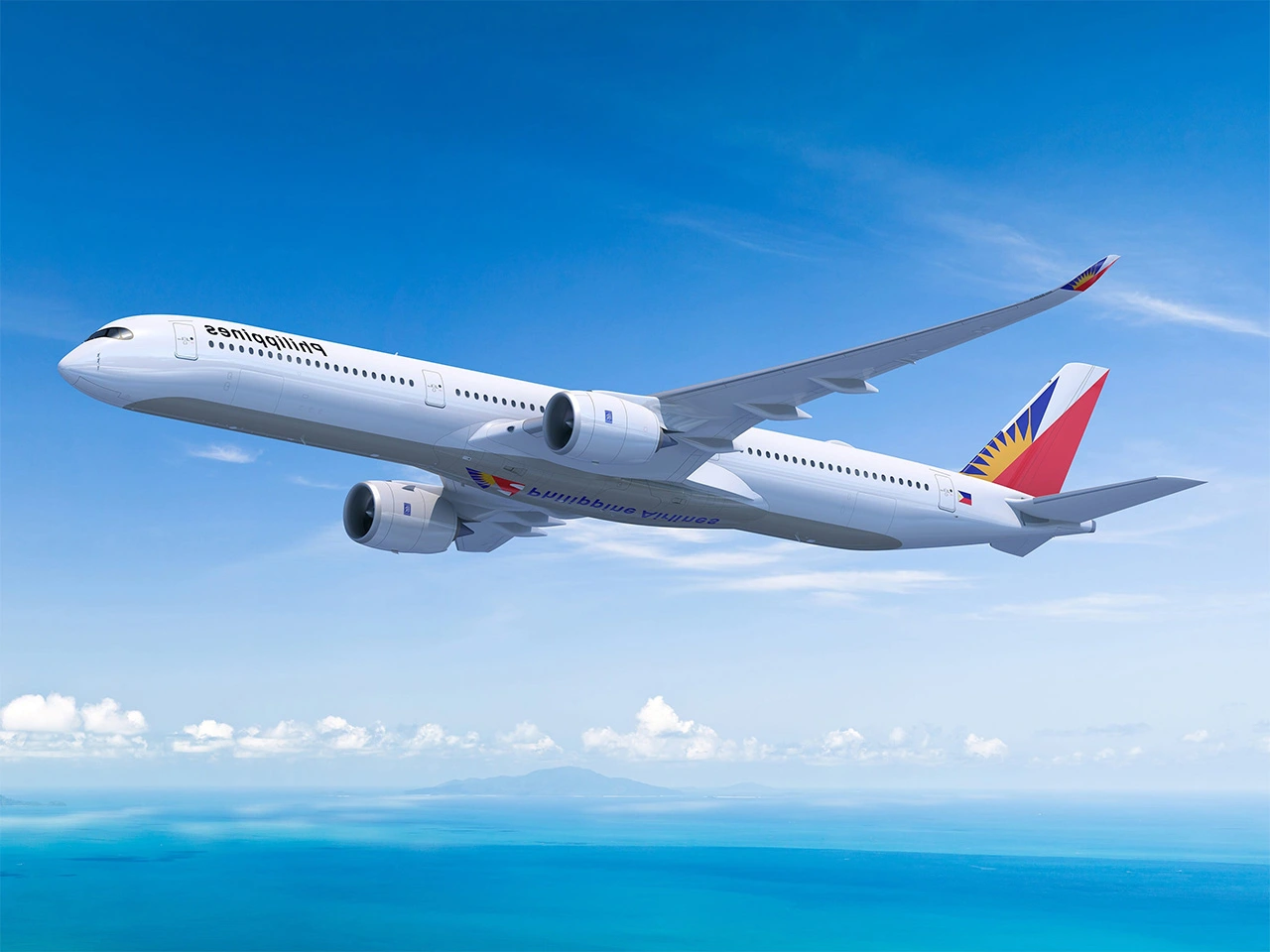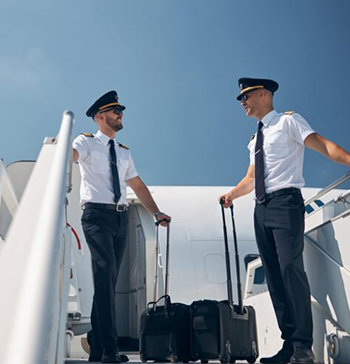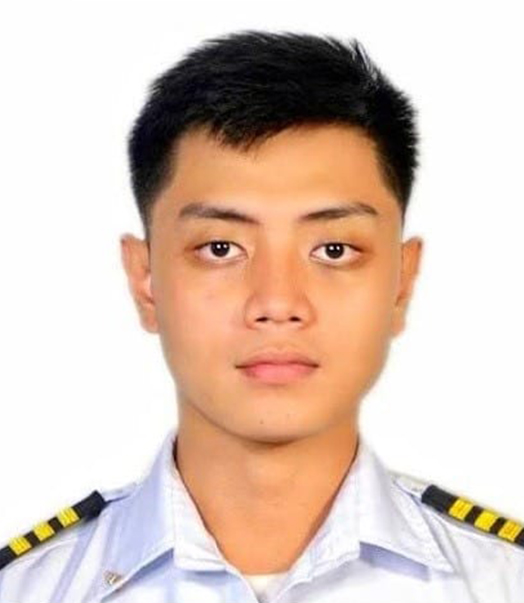
How long does it take to become an officer pilot in philippines?
Embarking on a career as a pilot is an exciting and challenging journey that requires dedication, training, and a passion for aviation. For aspiring pilots in the Philippines, the path to becoming a first officer involves a series of rigorous steps and a significant investment of time and effort. In this blog post, we will explore the various stages of the journey, from the initial training to securing a position as a first officer, shedding light on the time it takes to reach this milestone.
The Training Process
The process of becoming a first officer pilot in the Philippines begins with the fundamental step of acquiring the necessary education and training. Aspiring pilots typically pursue a Bachelor of Science in Aviation majoring in Air Transportation or a related field. This academic phase generally takes around four years to complete.
Want to find out more about our pilot courses?
During their academic studies, students delve into various subjects related to aviation, including aerodynamics, navigation, meteorology, and aviation regulations. Additionally, they gain a comprehensive understanding of aircraft systems and operations. The academic curriculum is designed to provide a solid foundation for the practical training that follows.
Once the academic requirements are fulfilled, aspiring pilots undergo flight training to earn their Private Pilot License (PPL). This phase includes a combination of ground school and actual flight hours, with students logging a minimum number of flight hours to meet licensing requirements. The PPL training can take anywhere from six months to a year, depending on the individual’s pace and the availability of training slots.
Building Experience as a Commercial Pilot
After obtaining the Private Pilot License, the next step is to work towards the Commercial Pilot License (CPL). This phase involves accumulating more flight hours, typically around 150 to 200 hours, depending on the regulations set by the Civil Aviation Authority of the Philippines (CAAP). Pilots often work as flight instructors or engage in other entry-level aviation roles to gain the necessary flight experience.
Building the required flight hours can take an additional one to two years, depending on factors such as weather conditions, aircraft availability, and personal commitments. The process involves honing skills, gaining experience in various weather conditions, and mastering the intricacies of different aircraft.
Instrument Rating and Multi-Engine Rating
To enhance their qualifications, aspiring first officers pursue additional ratings, such as Instrument Rating (IR) and Multi-Engine Rating (ME). The Instrument Rating allows pilots to fly in adverse weather conditions and rely on instruments for navigation, while the Multi-Engine Rating authorizes them to operate aircraft with more than one engine.
Obtaining these ratings requires further training and flight hours, usually taking an additional six months to a year. The timeline can vary based on factors such as the individual’s proficiency, training program structure, and availability of training aircraft.
Airline Transport Pilot License (ATPL) and Type Rating
The pinnacle of a pilot’s journey is obtaining the Airline Transport Pilot License (ATPL), which is a requirement for serving as a first officer in commercial airlines. The ATPL is the highest level of pilot certification and demands a minimum number of total flight hours, often around 1,500 hours in the Philippines.
Reaching the 1,500-hour milestone can take an additional two to three years, depending on the pilot’s dedication and opportunities for gaining flight experience. Pilots often continue to work as flight instructors, engage in aerial surveying, or perform other flying duties to accumulate the required hours.
Upon obtaining the ATPL, pilots must undergo type rating training for the specific aircraft they will be operating. This training is typically provided by the airline and focuses on the unique systems and procedures of the aircraft type. The duration of type rating training varies but usually takes several weeks.
Job Application and Selection Process
With the required qualifications and experience, aspiring first officers can start applying for positions with commercial airlines. The job application and selection process can be competitive, with factors such as academic performance, flight experience, and interview performance influencing the hiring decision.
Securing a position as a first officer may take some time, as it depends on the availability of openings and the airline’s hiring schedule. The entire process, from submitting applications to receiving a job offer, can take several months to a year.
Conclusion
Becoming a first officer pilot in the Philippines is a journey that demands dedication, perseverance, and a passion for aviation. From the initial academic studies to accumulating flight hours, obtaining licenses and ratings, and finally securing a position with a commercial airline, the process is comprehensive and time-consuming.
On average, the entire journey to becoming a first officer pilot in the Philippines can take around six to eight years, considering the time spent on academic studies, flight training, building experience, and navigating the job application process. However, it’s important to note that individual timelines may vary based on factors such as personal commitment, opportunities for flight hours, and the specific requirements of different training programs and airlines.
Despite the challenges, the reward of soaring through the skies as a first officer is immeasurable for those who are passionate about aviation. The journey not only builds technical expertise but also shapes individuals into disciplined and resilient professionals ready to navigate the challenges of the dynamic aviation industry.
Free Career Guide

Want to find out more about our pilot courses?
Download our free eBook to learn all about pilot training in the Philippines, including the qualifications needed, the training process, available courses, and career opportunities. Find out how you can take the first step toward a rewarding career in aviation.
Download Pilot Course Information Guide
Our Pilot Training Courses
Take flight with our comprehensive Pilot Training Courses, designed to elevate your aviation career







